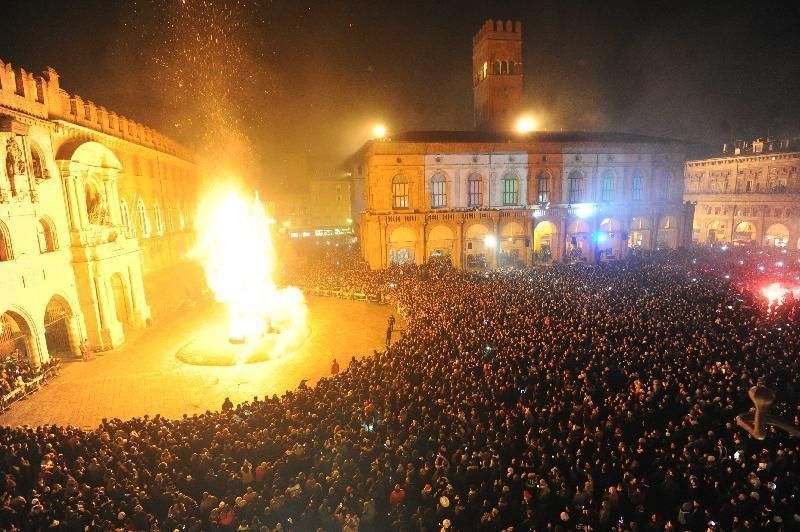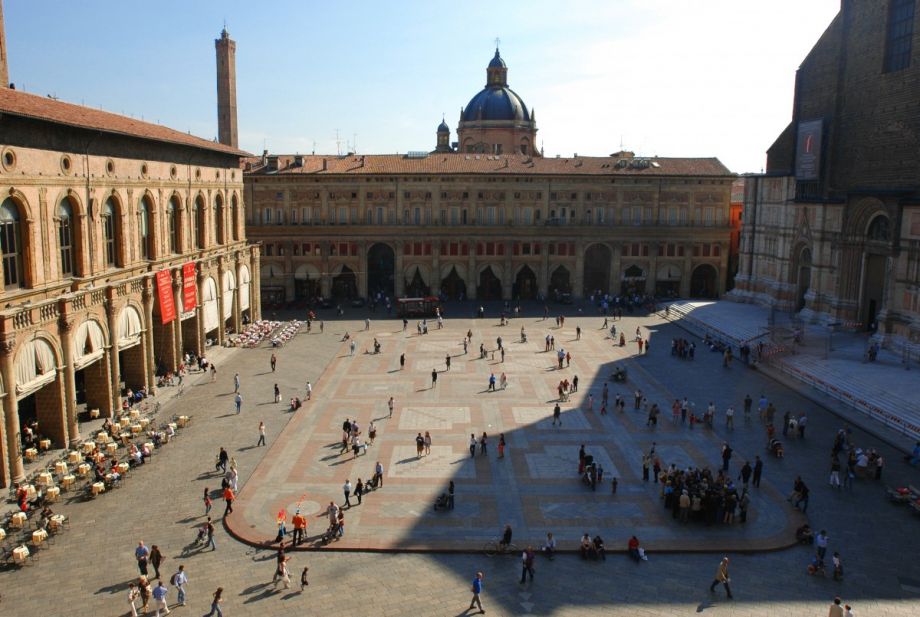 Posted Apr 16, 2015, 7:58 PM
Posted Apr 16, 2015, 7:58 PM
|
 |
Registered User
|
|
Join Date: Aug 2002
Location: Toronto
Posts: 52,200
|
|
|
Here’s How American Cities Can Learn From Italian Piazzas
Here’s How American Cities Can Learn From Italian Piazzas
APRIL 16, 2015
BY A. GHIGO DITOMMASO
Read More: http://nextcity.org/daily/entry/ital...f-public-space
Quote:
When the paradigm of modernist architecture crumbled, urbanists began a quest for credible alternatives that often took them to the streets and squares of old Italian cities. Deciphering the code of Italy’s thriving public life became a process of redemption from the sterilizing over-rationalization of the urban landscape that had been carried out by professionals of the previous generation. Italy is where Jan Gehl began his monumental research on public space and where many great American scholars conducted a considerable part of theirs, laying the foundation for people-centered urban design.
- In the 70’s, 80’s, and 90’s, architectural pastiches in Italian sauce proliferated across Europe and the U.S., but the spatial values that informed the architecture those projects referred to were almost always lost in translation. Propelled by postmodernist architects like Charles Moore, designer of the infamous Piazza d’Italia in New Orleans, these projects took on the finishings of the classic Italian Piazzas with none of the substance. They were placeless places. --- Now that a growing faction within the urban design community is coalescing around design values that focus on people and not on style, it is time to go back to square one, and reexamine what Italian Piazzas have yet to tell us about the public places we aspire to create.
- Trying to wrap my head around these questions, I found myself walking across the space of the San Jose City Hall while thinking of the city hall square of my hometown, Bologna’s Piazza Maggiore. The heart of a prosperous and dynamic metropolitan area of one million people, just like San Jose, Piazza Maggiore is an astonishing realization of everything we cherish about successful public space. It is the hearth of the city’s daily life; a place of constant teeming yet composed activity that sleeps only when the city sleeps.
- The piazza is the primary destination for all people, regardless of their social strata or race in a now more multicultural Italian society. It is always the place to go, whether on an ordinary day or on those special occasions in which we congregate to celebrate, or to protest. Having served this role throughout the city’s history, the piazza is also the soul of its collective memory and the most potent symbol of the city itself.
- One could argue that the reason why a place like Piazza Maggiore works so well is the thriving public life of the rest of the city and the Italian habits that make life revolve around public space. While this is certainly an important factor, I believe there is more to it than simply this. I argue that some of the reasons why places like Piazza Maggiore thrive are to be found in the spatial characteristics that their design entails. Such spatial characteristics can be looked upon, understood, and replicated elsewhere, truly enhancing the quality of new public places, unlike the merely anecdotal reproduction of decorations or out-of-context typologies.
- Piazza Maggiore seems to have it clear: The best way to create a thriving center for the city’s public life is by positioning it at the center of the city’s public space. In fact, the location of Italian City Hall piazzas with respect to the surrounding urban fabric is anything but arbitrary. With a few exceptions, they are to be found at the heart of the city’s oldest core, persevering in their location and function throughout the tumultuous course of the city’s history. Functioning as nuclei of their city, while everything else around them might change, they remain the same, as if their role was to preserve the ‘genome of the city’s public life.’
- As many new city halls across America, San Jose City Hall seems to ignore this rule of thumb: Now at its third location since the incorporation of the municipality only 150 years ago – a few blocks too far from the core of a reflourishing downtown and at the edge of the city’s center – the plaza remains on the sidelines, watching the life of the city pass by from a distance. --- Largely untouched by the urban paths that define the downtown, San Jose City Hall Plaza can be traversed in only one way, and while such passage is not a true thoroughfare, it is what saves the space from total inactivity after City Hall operating hours. More paths would mean more life.
- As a public space designer, going back to square one means to rekindle the memory of that one place that defined my identity as a citizen; to go back to that piazza that offered me a grey and pink stone stage to be, act, and represent life in public, and the white marble steps where I sat to watch my fellow citizens be, act and represent theirs. The public spaces of tomorrow won’t, and shouldn’t, look like the spaces of yesterday but they can share the same power and they can provide the same stage.
.....
|



__________________
ASDFGHJK
|



